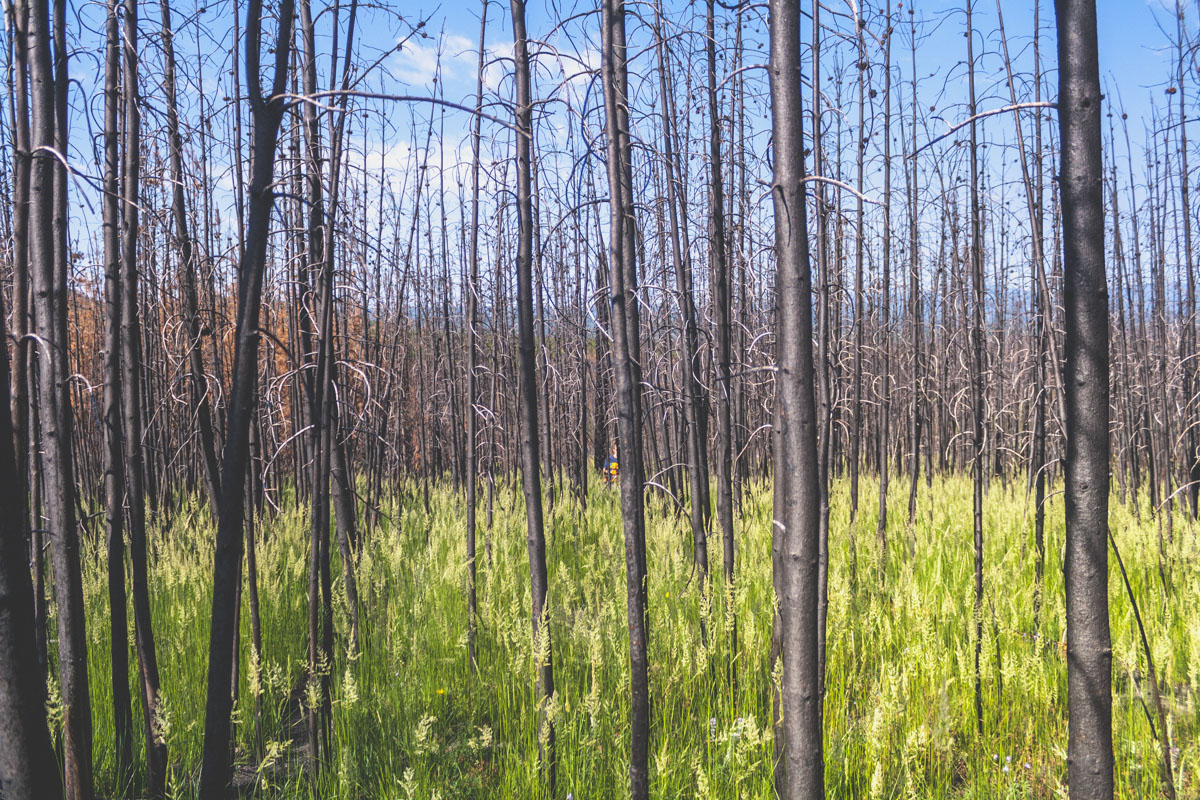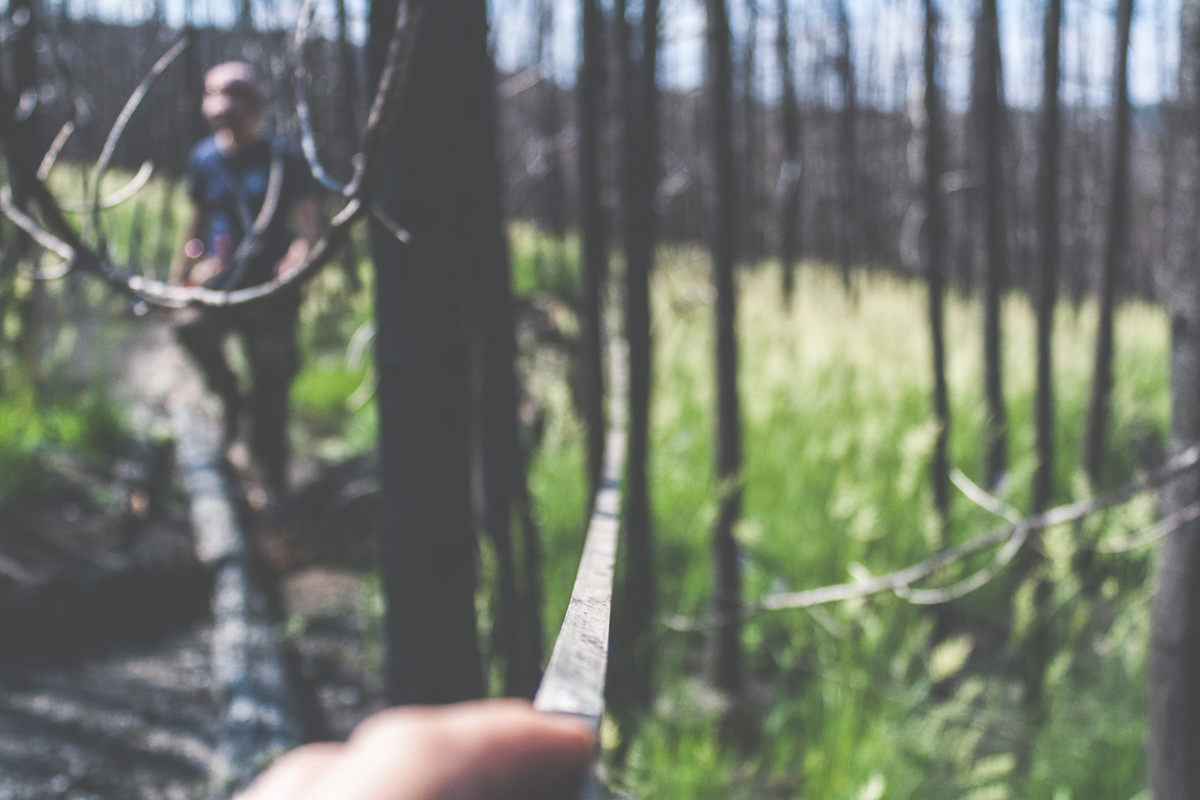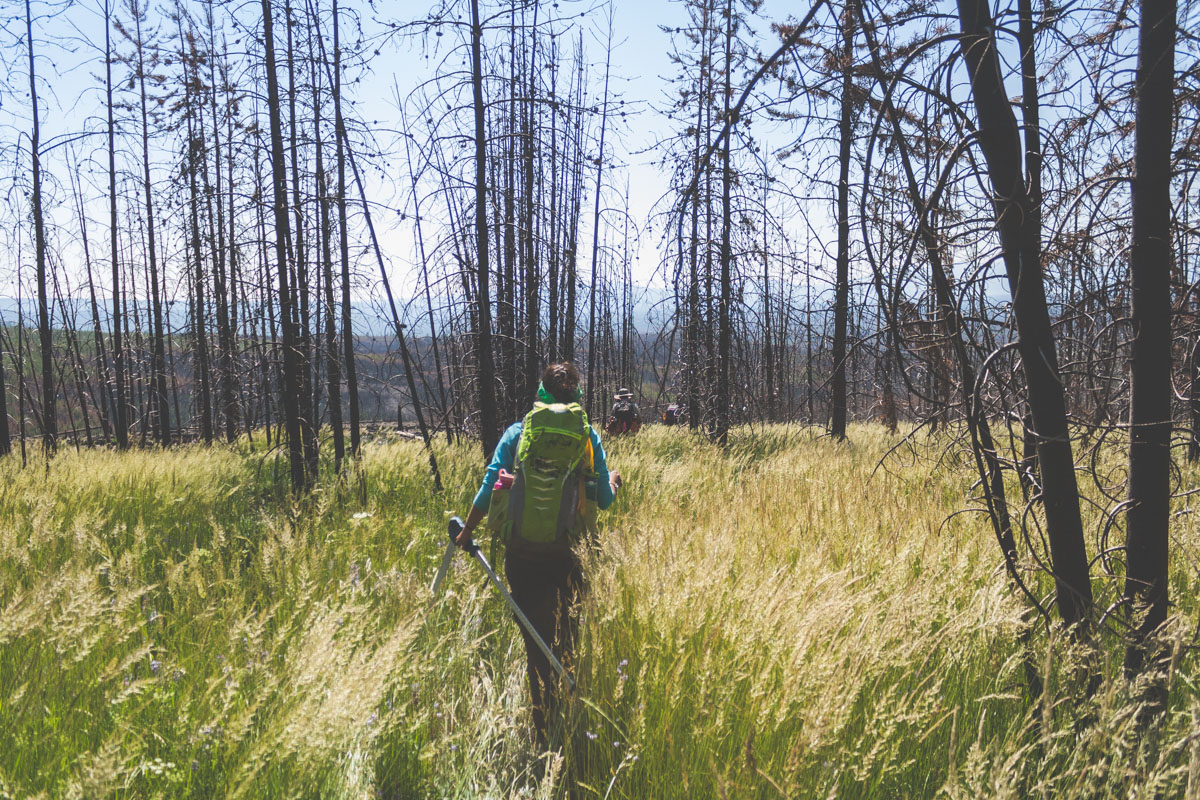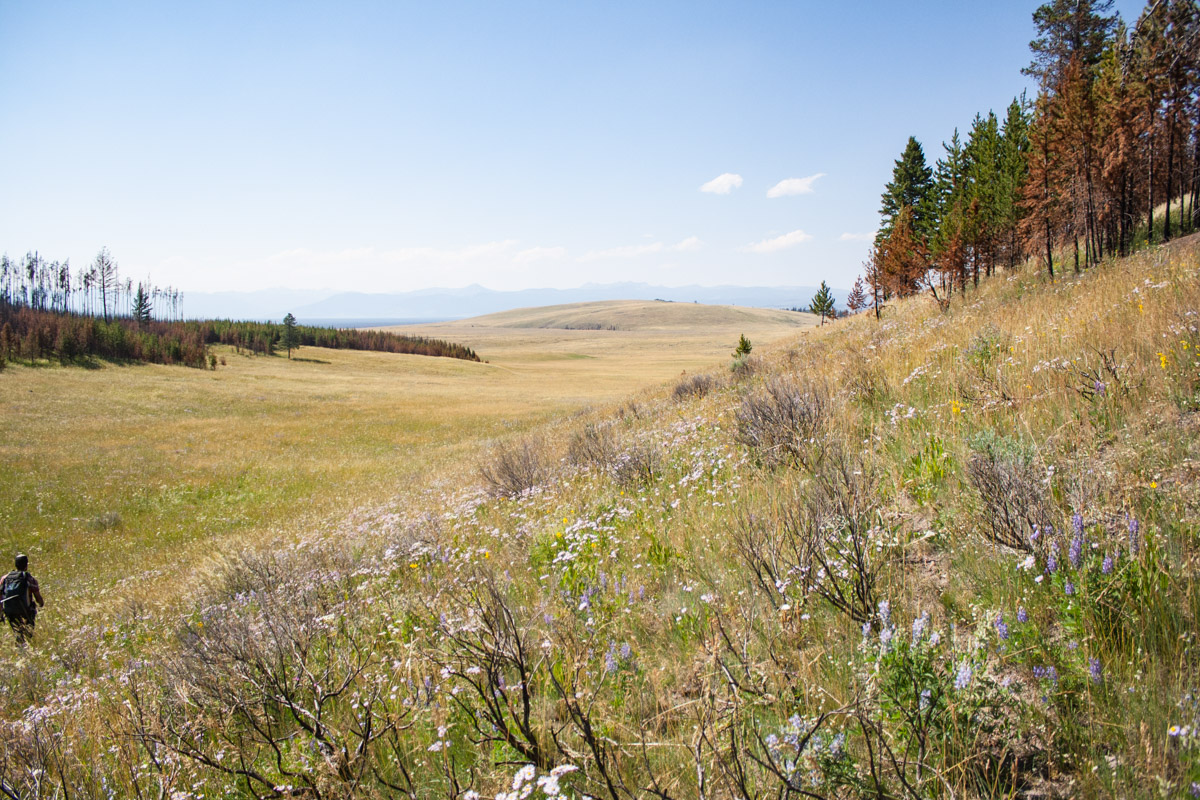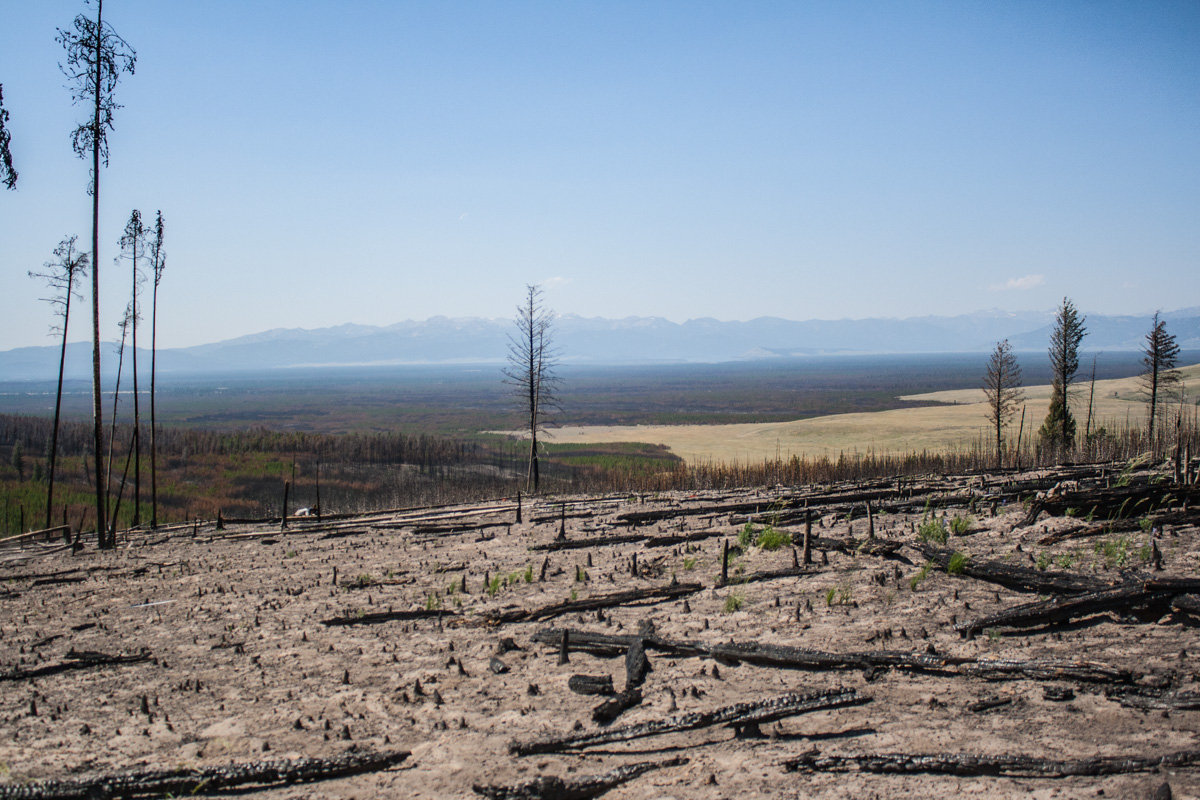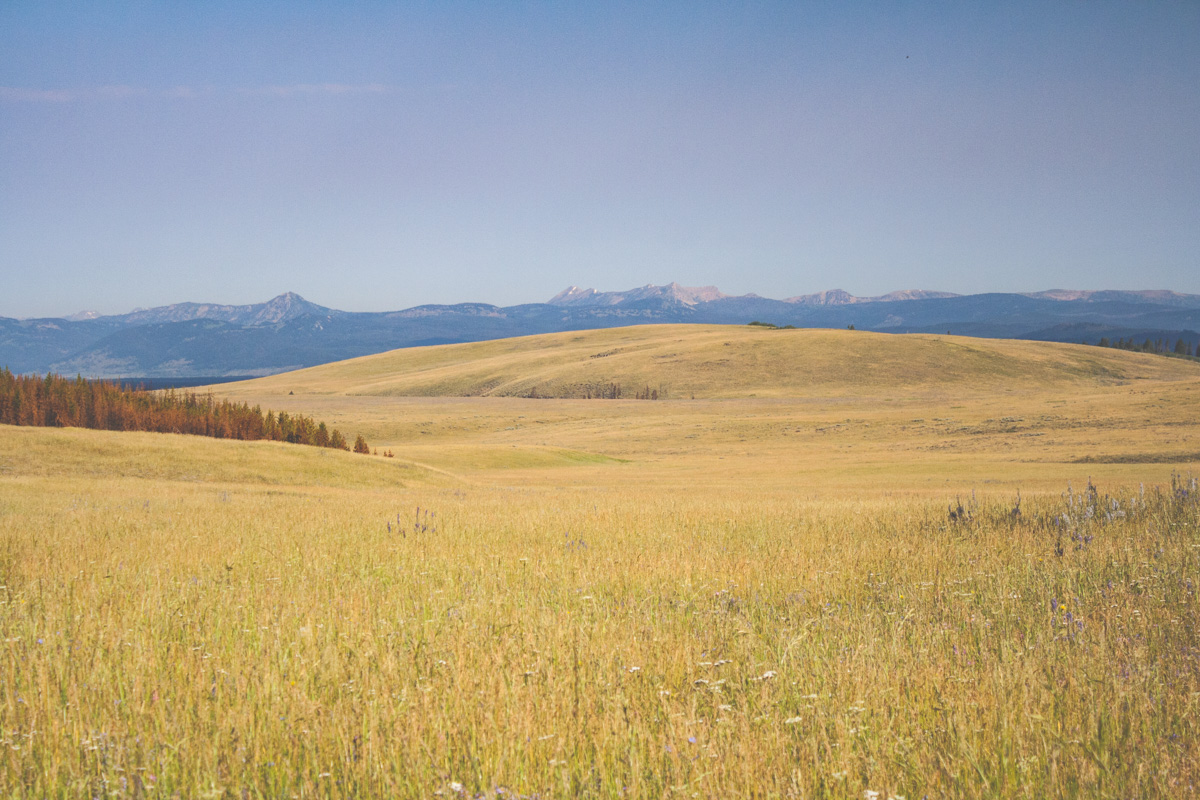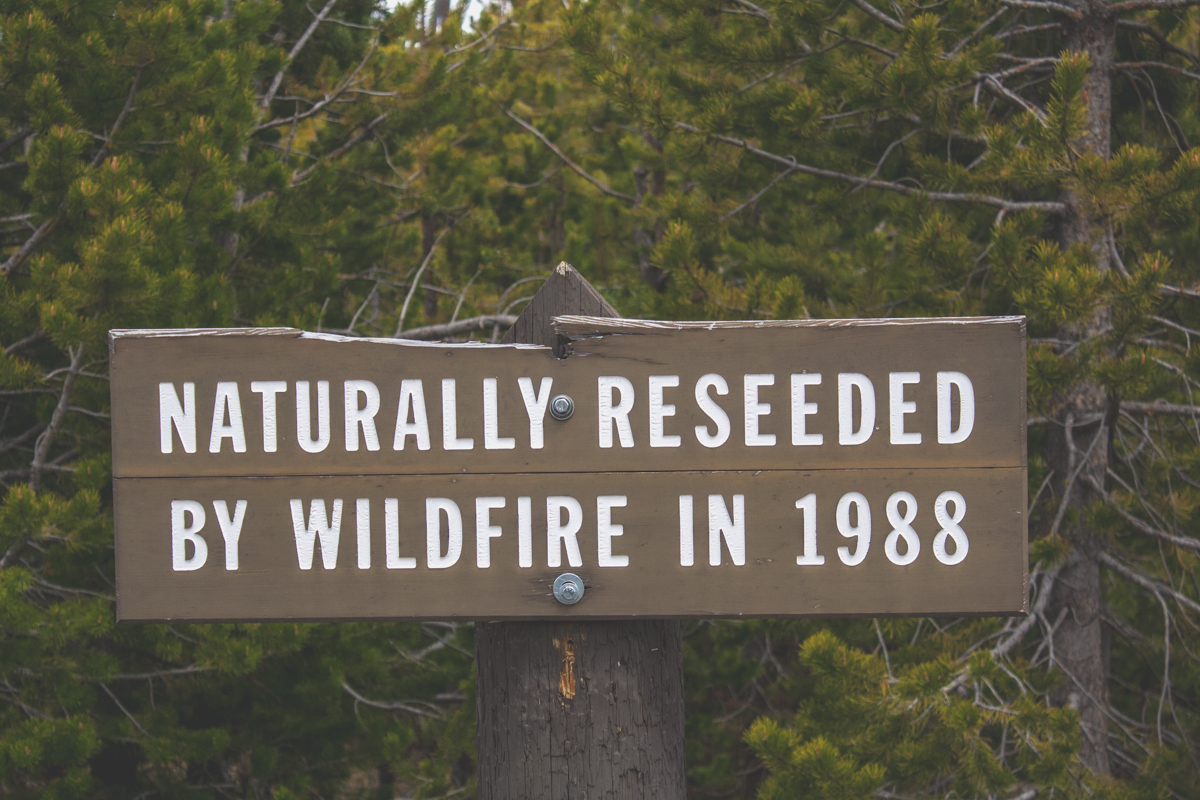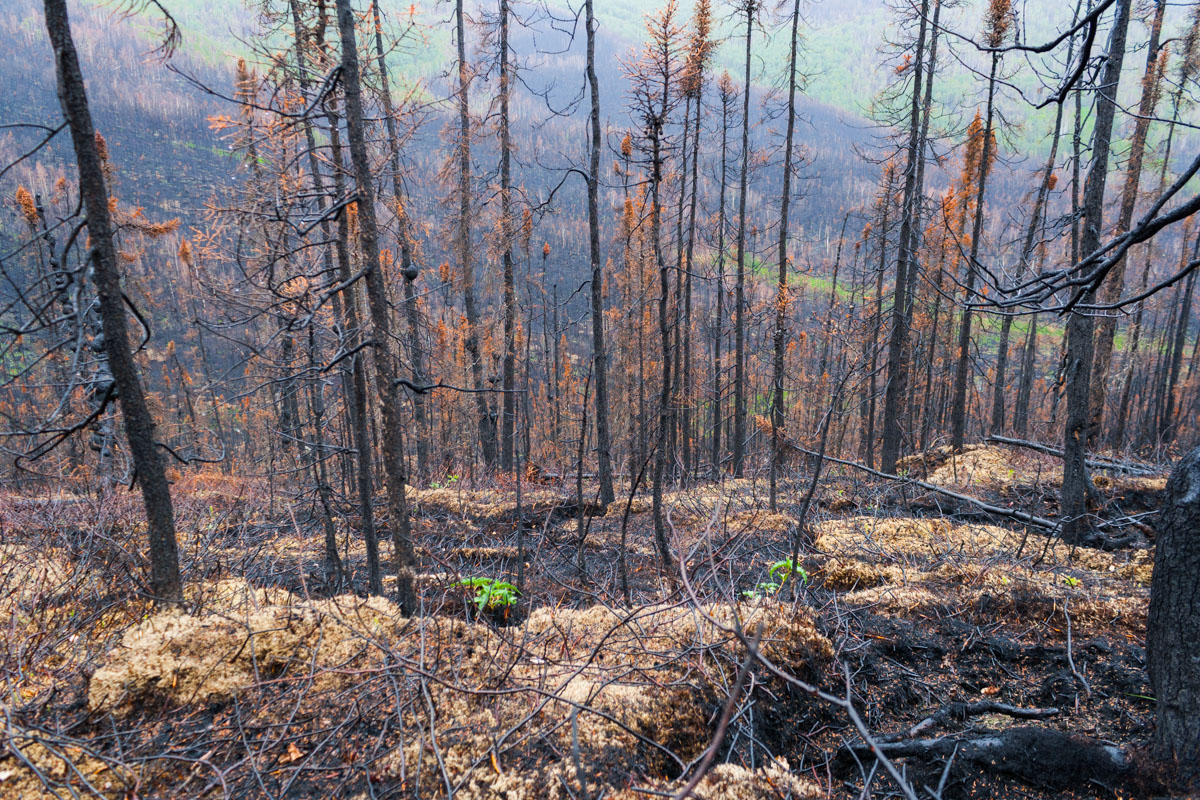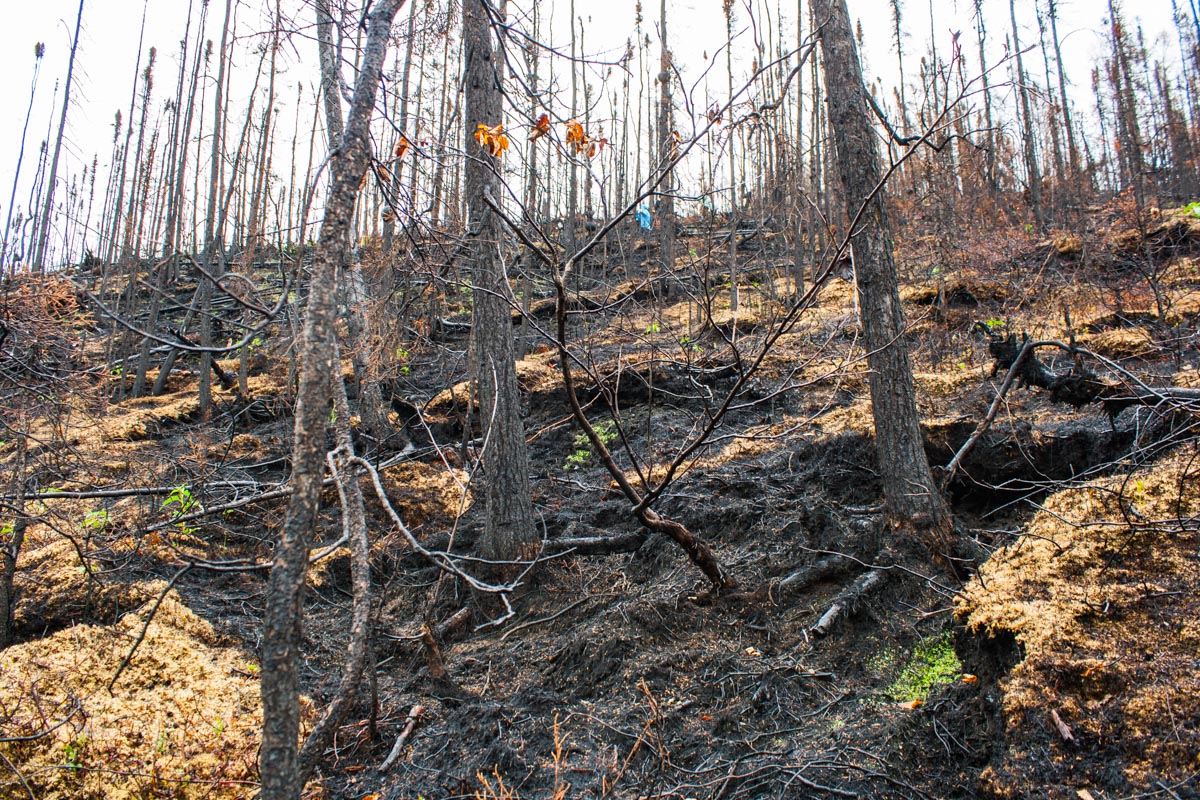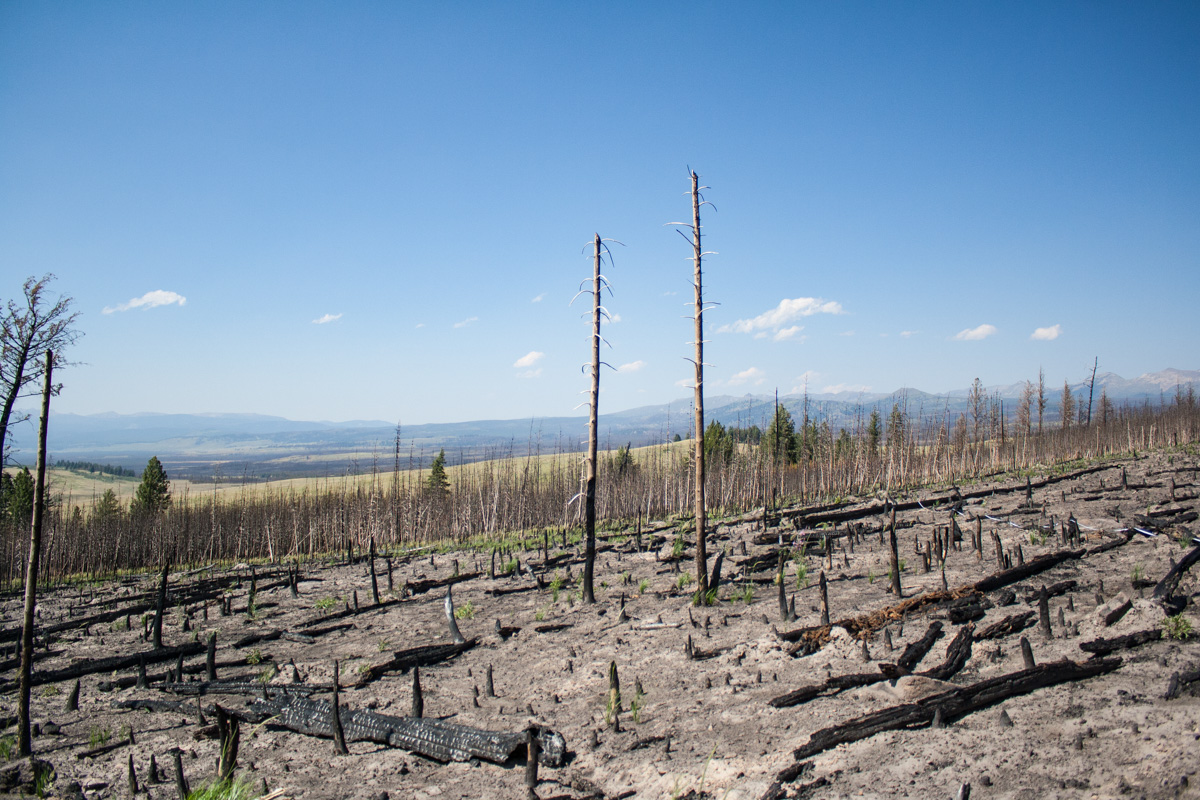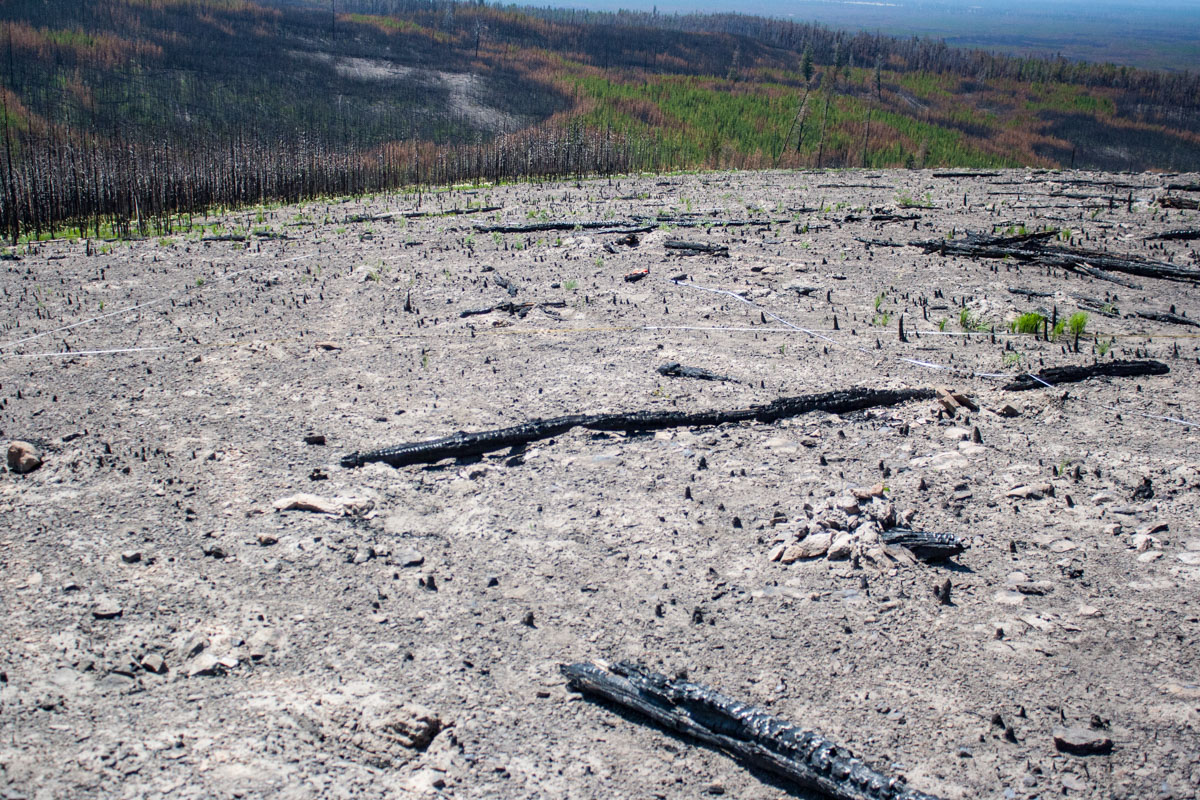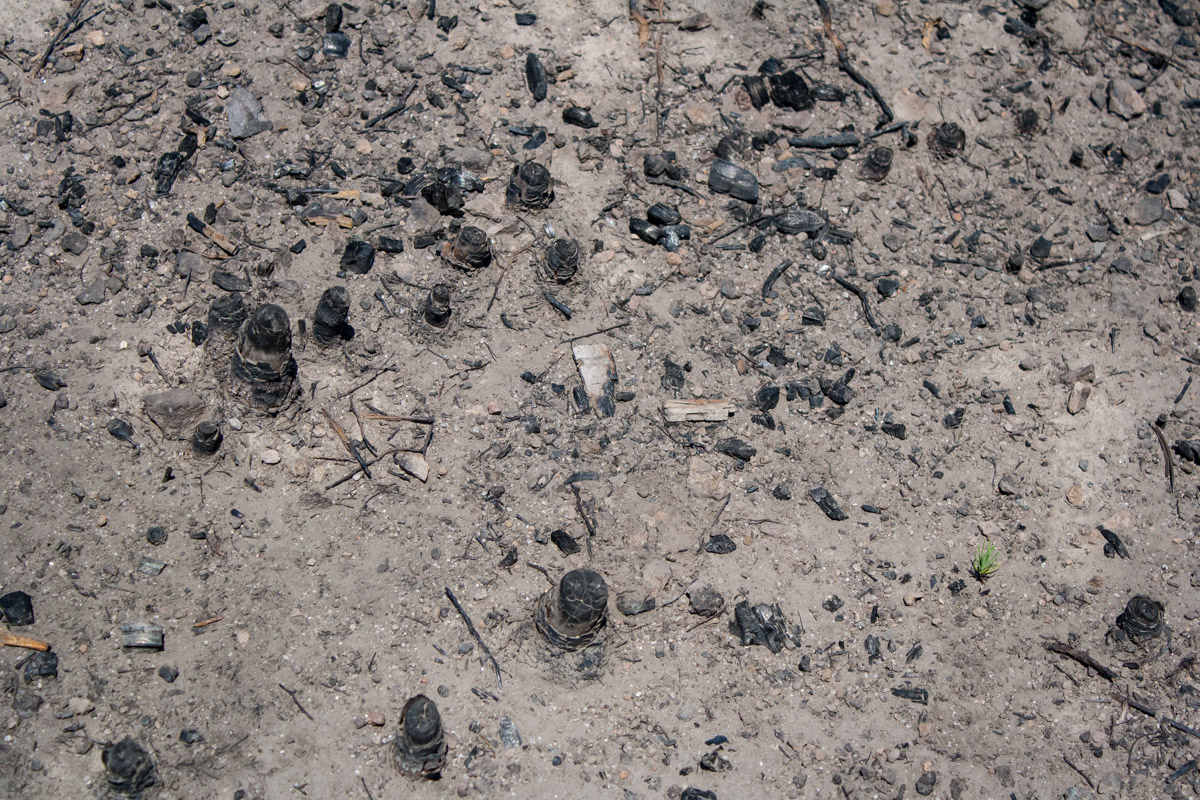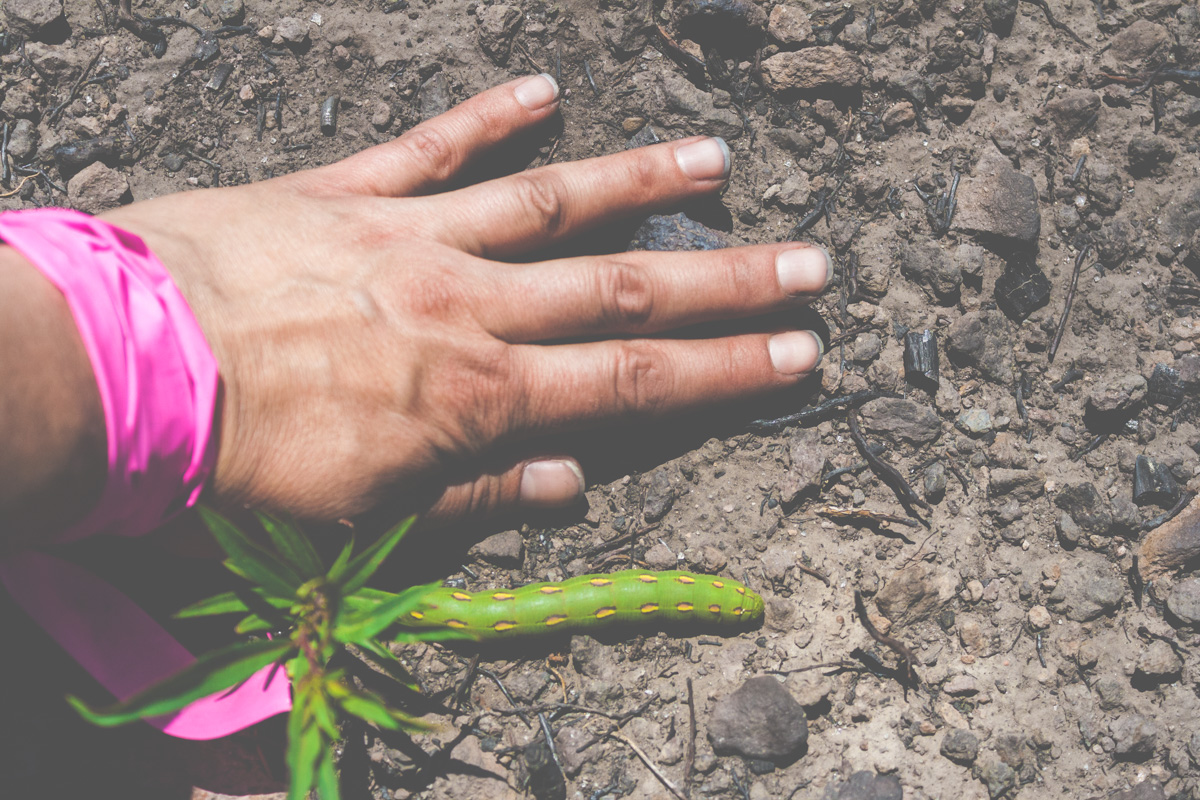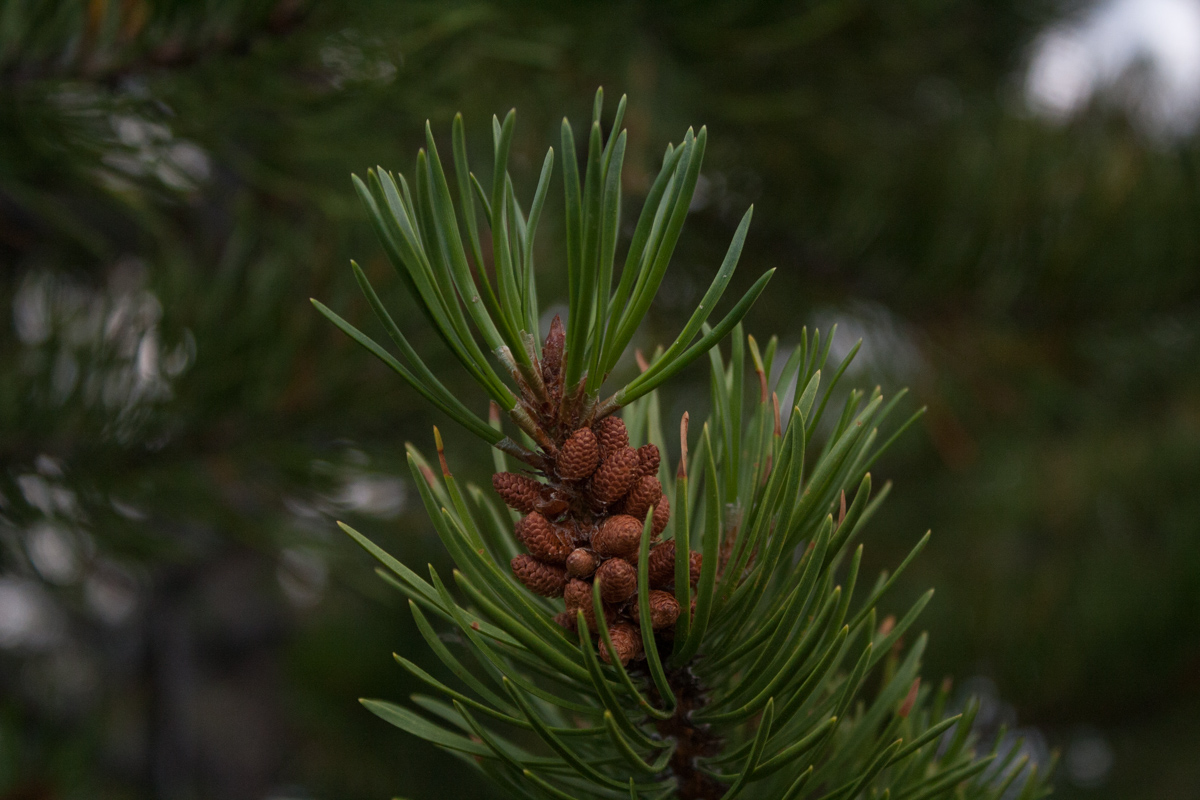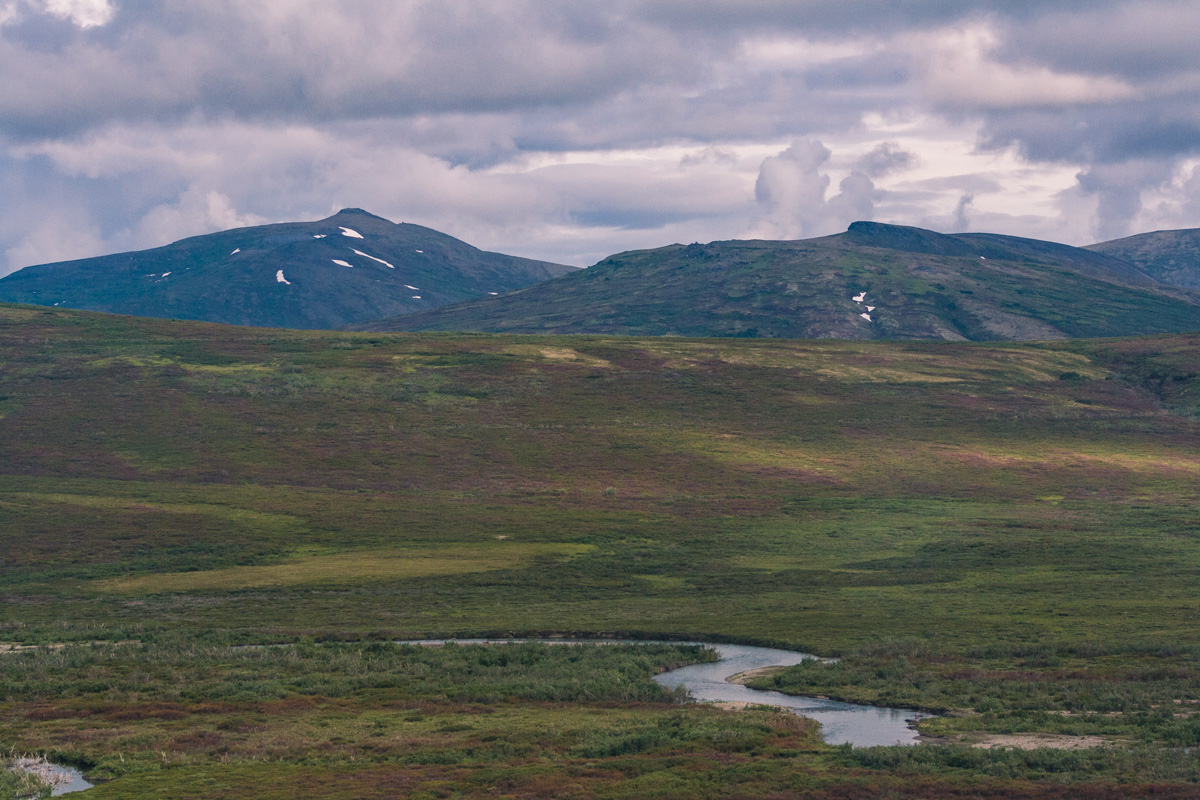“Of all the paths you take in life, make sure a few of them are dirt ”
Adventure Tuesday
That summer of Dreams
A lot of different things happened during the summer of 2017. I went to Montana and Yellowstone not only once, but twice. I got to go to Puerto Rico for fieldwork and spent almost two weeks in the rain forest. I went on a roadtrip with dad through Badlands National Park, Beartooth Highway and then eventually through Yellowstone. We got married, well technically we were already, outside Butte on a fiery afternoon. After that we went camping with friends before we headed back towards Wisconsin. Once there we packed for yet another wedding and headed out to a summer camp. But what do we really do when I say fieldwork? If you have been reading my blog since it started way back when, you know I used to roam around in the interior of Alaska, studying fires, stream water chemistry, climate change and the list goes on. W also studies fires and we have helped each other doing field work through the years. So 2017 I spent part of my vacation by flying to Jackson, Wyoming to spend a couple of weeks with W and his advisors field crew.
The Start of the Large Fire Era
1988 one of the largest forest fires raged through Yellowstone National Park, and many people probably wondered if anything would be left after that large fire. 35% of Yellowstone National Park burned that summer, and that fire marked the beginning of a new era, the large fire era in the west. One of the many questions that fire overall poses in the north west, not only in the Rocky Mountains and Yellowstone, but also in Alaska is: What will happen if and when fires become so frequent that there is not enough time for trees to regenerate. The normal fire return interval is every 100-300 years, and the area we worked at in 2017 was burned in the 1988 fire and then again in 2016.
I have seen burned areas in Alaska before, but nothing quite like the the area I saw that summer. Everything was basically gone. Everything was black. Even though we still could see vegetation already growing in the black soil. We counted tree seedlings (Douglas fir and Lodge pole pine) , downed wood, logs and ghost logs. Ghost logs are basically a line in the ground that indicates that a log once laid there, but has completely been burned up. Those logs were most likely leftover from the 1988 fires.
The ghost logs can be seen as the light lines in the black soil above
Fires in the Rocky Mountains and Alaska are very different. The fires we see in Yellowstone are mostly crown fires, while the fires in Alaska are mostly surface fires. In Alaska the thick organic layer, which also serves as an insulator to permafrost, is a good indicator for how intense the fire has been. Often there is still a large portion of the organic layer left after a fire has gone through, and you will also see this patchiness of the thick moss on the ground. One thing the fires in Alaska and the Rockies have in common though is that when it burns it burns, and it can spread extremely fast if the conditions are perfect.
Smoke in the field and the after math of fires in Alaska:
The ground was completely bare when we arrived at the Maple Fire in Yellowstone National Park. The temperature was in the 90’s and the black soil didn’t make it cooler. We used measuring tape and compass directions to set up sampling plots. Large portions of this fieldwork was to count how many tree seedling we could see growing in the bare soil, and we did see quite a few. We also recorded signs of ghost logs, tree stumps and dead standing trees within all the plots. This work is sometimes hard on you, it’s hot, you’re on your knees and you are also high up in elevation. On top of that you have to hike, sometimes also carrying heavy equipment. You’ll get sunburned real easy and have to make sure you carry and drink enough water.
The Maple Fire in the Cougar Meadow:
Many tree species are evolutionary adapted to regenerate after fire, they produce cones that are serotinous, because the cones need heat to open up and release its seeds. But to regenerate the tree needs energy, and time to develop enough seeds, and on top of that they need to be lucky. Anyone who has planted a seed probably know that sometimes the seed germinate, and sometimes it doesn’t. This is the reason why this questions is so relevant, how successful are coniferous trees to regenerate throughout the Rockies and Alaska if the fire return interval gets shorter? The other problem is the local climate. Will it become drier or wetter, how warm will it get? These are factors that also play a role in the tree regeneration.

